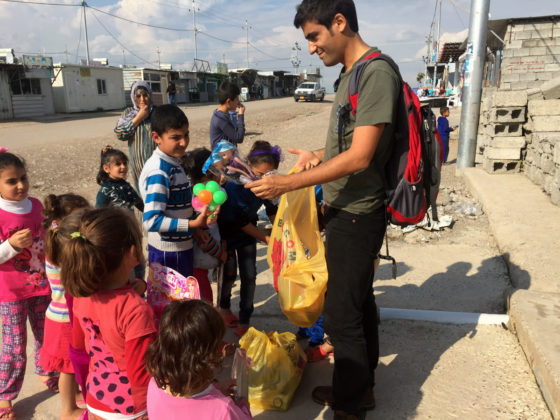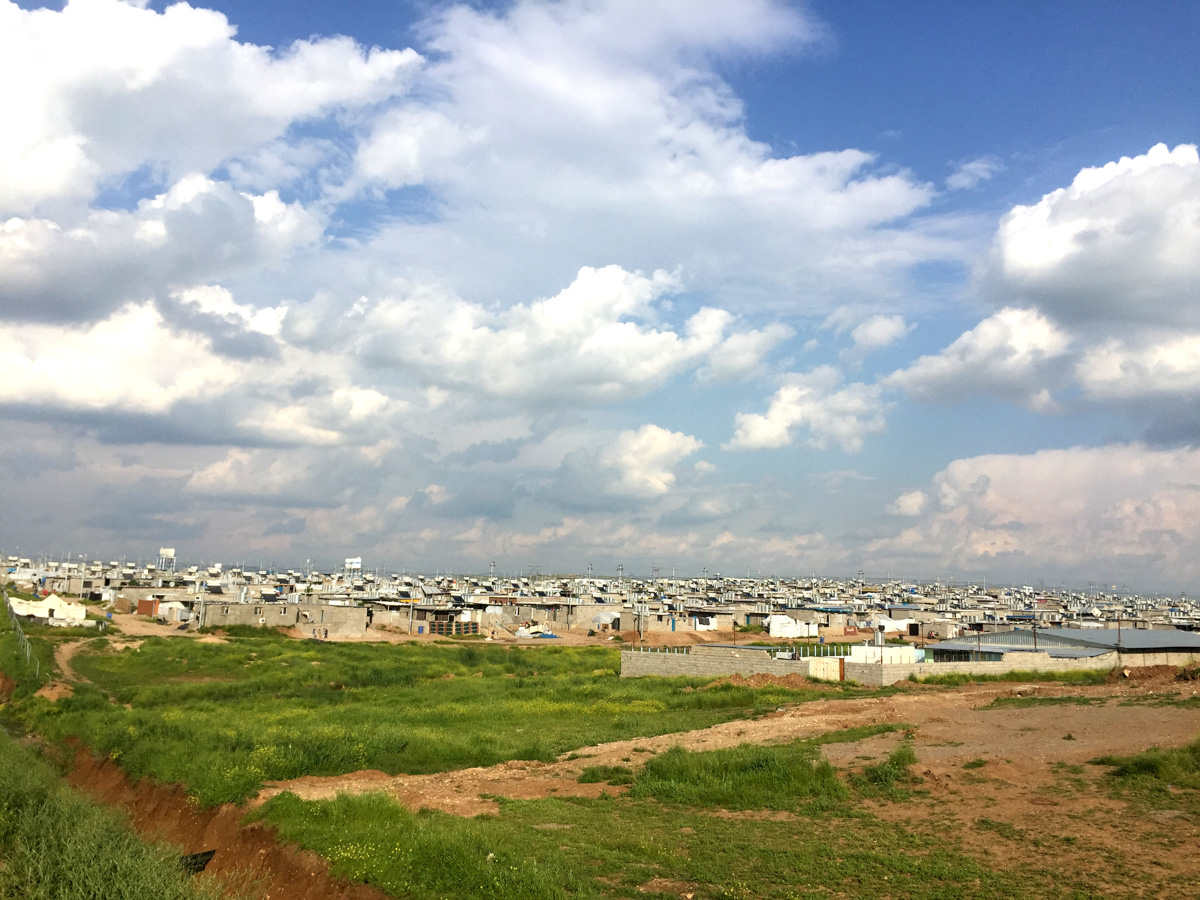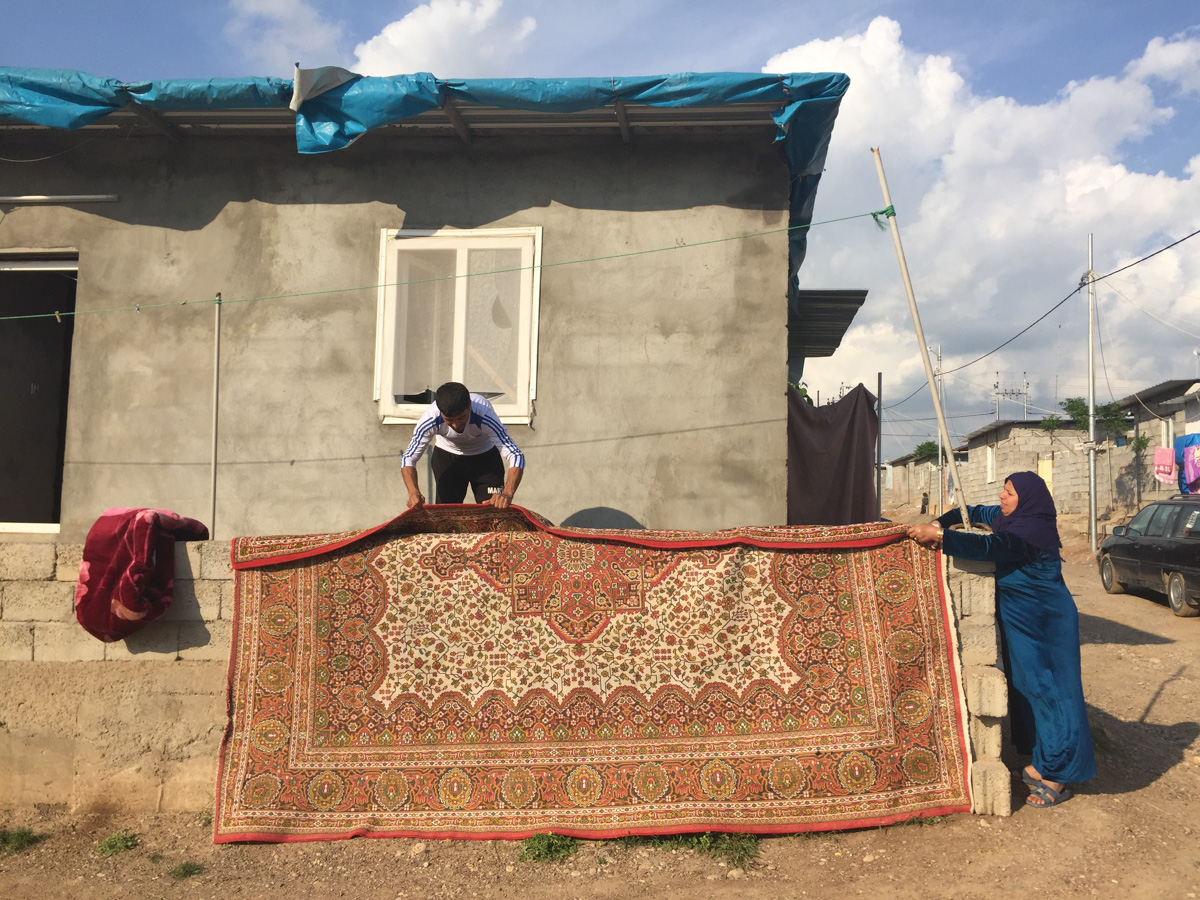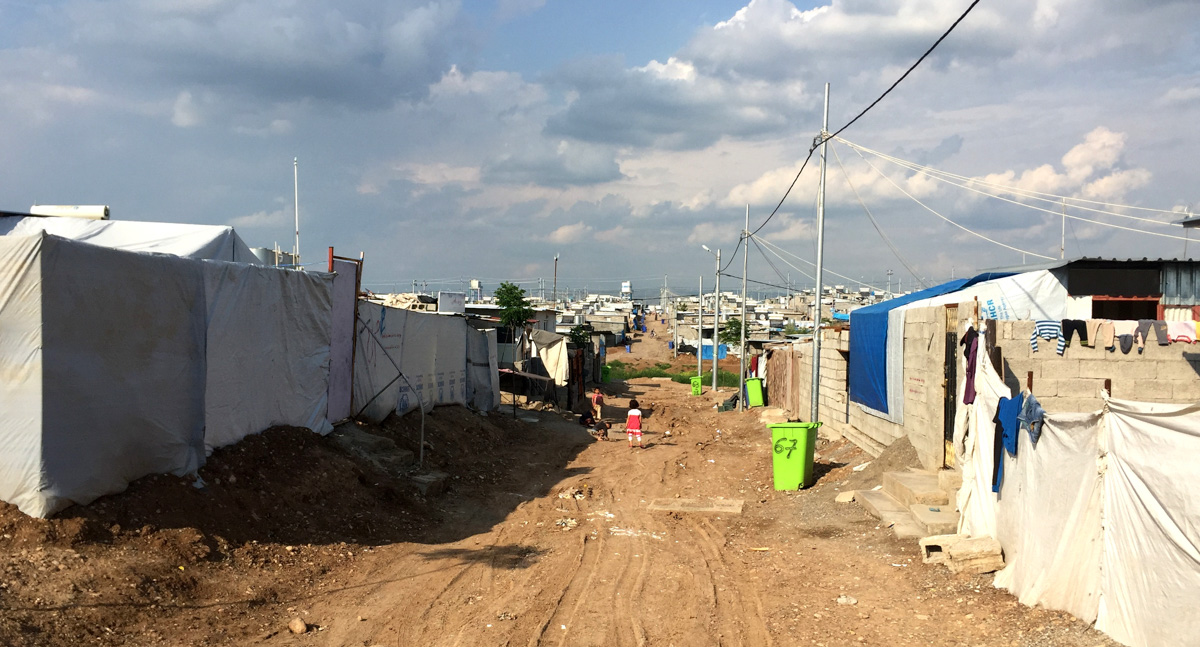One of the most beautiful travel experiences I’ve had was a visit to a Syrian refugee camp in Iraq. While there, I was able to help improve — even by just a small amount — the situation of those suffering one of the worst humanitarian crises in our history. The camp I went to is called Darashakran. It’s about 40km north of the Kurdish capital, Erbil, where there are several refugee camps. The majority of these camps have been operating since the beginning of the Syrian Civil War, which is now in its sixth year. More than 50,000 Syrian refugees (a mix of Sunnis and Kurds) live in this Darashakran camp and its population has increased constantly since it was set-up four years ago.
Darashakran is basically a small city. And yeah, it’s damn crazy.



